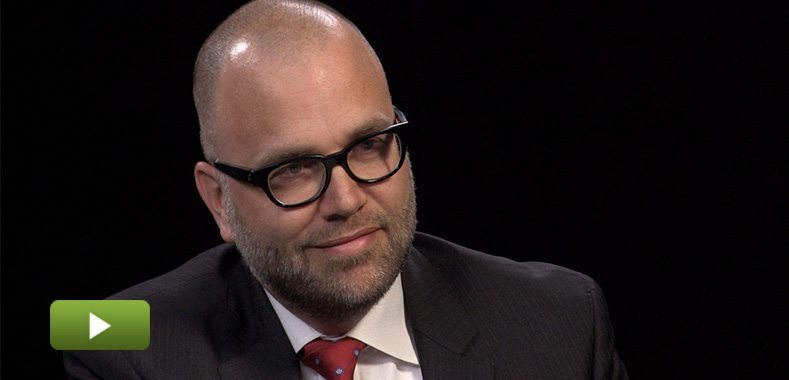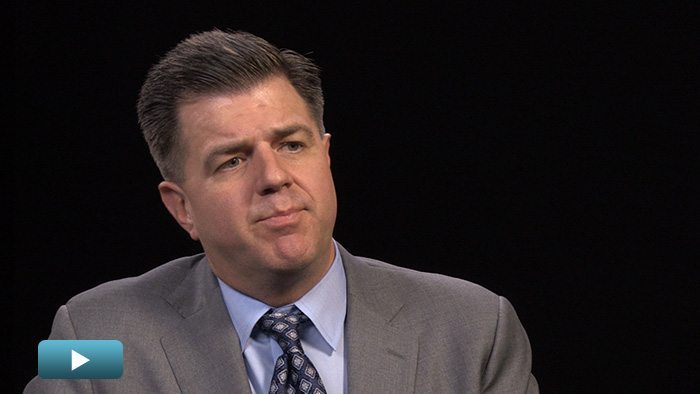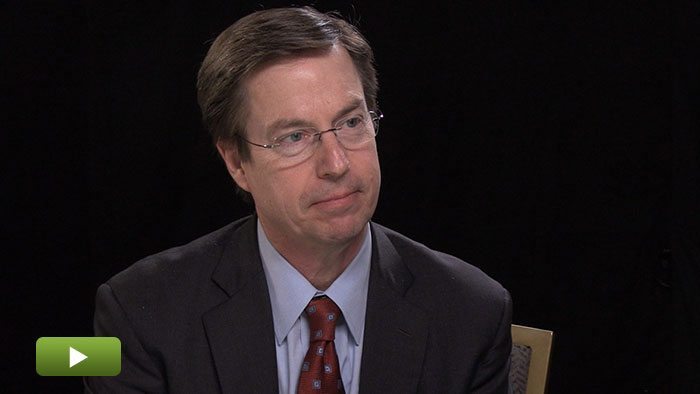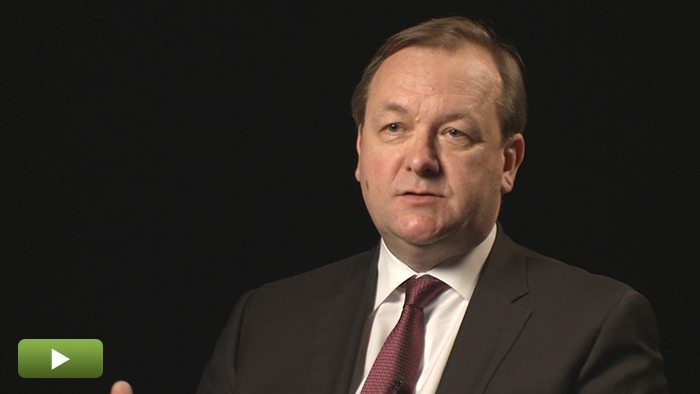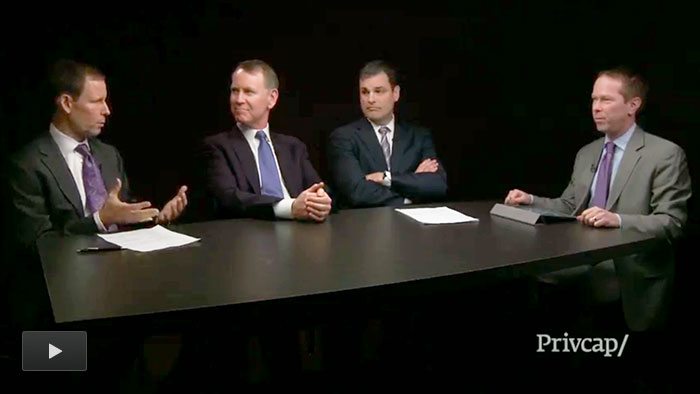PE Ripe For Secondaries Action
HarbourVest Partners’ managing director Jeffrey Keay discusses the opportunity in secondaries for 2015.
Transcript Download Transcript
PE Ripe for Secondaries Action
With Jeff Keay of HarbourVest Partners
Why are secondaries so hot right now?
Jeff Keay, HarbourVest Partners: There are two key drivers of deal flow right now. First, you think about the inventory of opportunities in terms of funds that are now entering the point where they’re five to 10 years old. And given the volume of capital that was raised that long ago, you’ve got this influx of very large funds, particularly with lots of limited partners that are now entering that window where LPs are interested in liquidity, but also buyers are eager to buy those assets. I think that’s one key driver. The second is really pricing in today’s market. Investors who are looking for liquidity are able to achieve that liquidity without having to take much discount, if any, so that’s bringing many sellers that otherwise might be on the sidelines into the forefront of selling activity.
Who have been the most prodigious sellers of PE funds?
Keay: Financial institutions and, I’d say, pension funds, if you look at the last 12 months of activity and the over $40 billion worth of volume that happened in 2014. In the case of pension funds, they’re obviously large holders of private equity. They have big portfolios and what’s driving them is typically the desire to manage those portfolios, whether it’s to reduce their number of manager relationships or shift allocation among different strategies. Then, in the case of financial institutions, it’s typically looking to divest those assets either because of regulatory changes that are coming due, or will have deadlines within the next couple of years, or just divesting assets that are no longer core to their business. Those have really been the two largest categories of sellers recently.
What drives pricing in secondary deals?
Keay: On the demand side, it’s the levels of liquidity we’re seeing in terms of the distributions coming out of portfolios, enabling buyers to generate a quick return on capital. I think those valuations of the actual cash that’s coming out is at a premium to the latest carrying value. So, if you’re stepping into the shoes of a limited partner, you benefit from that quick return on capital. You can generate a compelling rate of return, even at a higher price.
On the supply side, sellers are frankly requiring high prices in order to induce them to sell because—in a market where you’re seeing good, organic performance from your existing portfolio—there’s not a lot of motivation to divest at a significant discount unless you’ve got some other exogenous motivation to do that. So the trick as a buyer is trying to find those opportunities or to look for assets that you feel are undervalued and have the ability to disproportionately appreciate from where they’re valued today.
What kinds of transactions are you seeing that are beyond traditional secondaries?
Keay: We are clearly seeing disproportionate growth in other types of secondary transactions. And I think what is leading the way there, certainly in 2014 for the industry, are fund restructurings where you’ve got not just one seller but potentially an entire fund of sellers that are contemplating the ability to get a liquidity solution in a single stop from one buyer or even a syndicate of buyers.
We saw lots in 2014. There are a number that will take place in 2015 and it provides another means for original LPs to achieve liquidity from their investment in a cleaner way than waiting for funds to sometimes achieve organic liquidity over a longer period of time. It also provides a new way for secondary buyers to invest capital into the market in arguably a less efficient way than regular, traditional secondary deals.
Why are there so many troubled funds right now?
Keay: I think you start with the baseline that there are over 1,000 funds that are now past their 10-year term and close to $200 billion worth of NAV. Within that universe, there are some general partners that are highly successful and have gone on to raise new funds. There is also a very meaningful portion of that universe that includes GPs that haven’t raised a fund in seven or eight years. I’d say first the opportunity set includes funds that are managed not just by troubled GPs, but GPs that just haven’t been able to achieve the level of liquidity that LPs might have wanted them to within the original term of the life of the fund.
For those that are troubled, it’s a bit of a different animal. I think you need to have the ability to really assess the GP risk that exists there and weigh that into how you view what the assets might do. Because, frankly, a general partner’s lifeblood is the ability to raise more capital, generate fees and keep a good team intact to manage and extract value out of a portfolio. If that dynamic’s not there, it really changes the risk-reward profile for a buyer.
Who are the most prodigious buyers of secondaries right now?
Keay: Pension funds—whether it’s corporate or public pension funds— tend to participate in the secondary market in ebbs and flows at certain points in the cycle. And we’re seeing that again now. I’d say typically that participation is in the more traditional parts of the market. You don’t typically see those types of institutions leading, for example, a GP restructuring or a more complex transaction.
We also see sovereign wealth funds becoming more active—again, not necessarily independently—and being as active as some of the larger, dedicated secondary players. But we will see them work with dedicated secondary players really as more of a passive co-investor, but bringing meaningful capital to the table and ultimately having an influence on the market.

